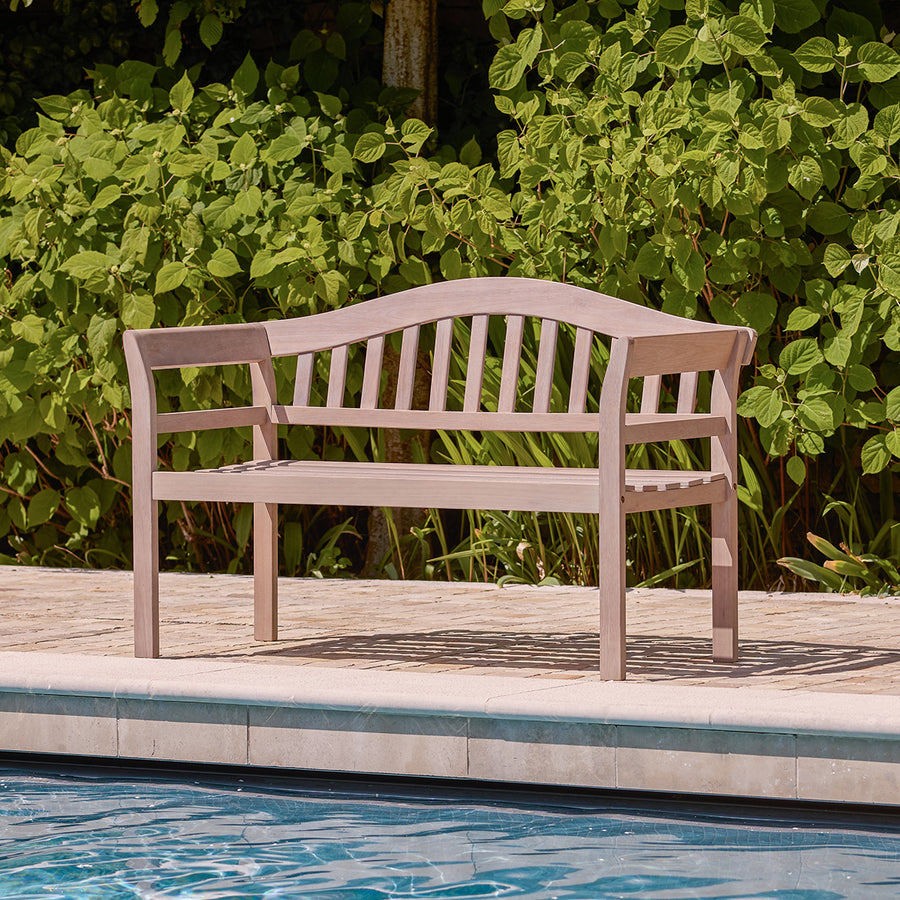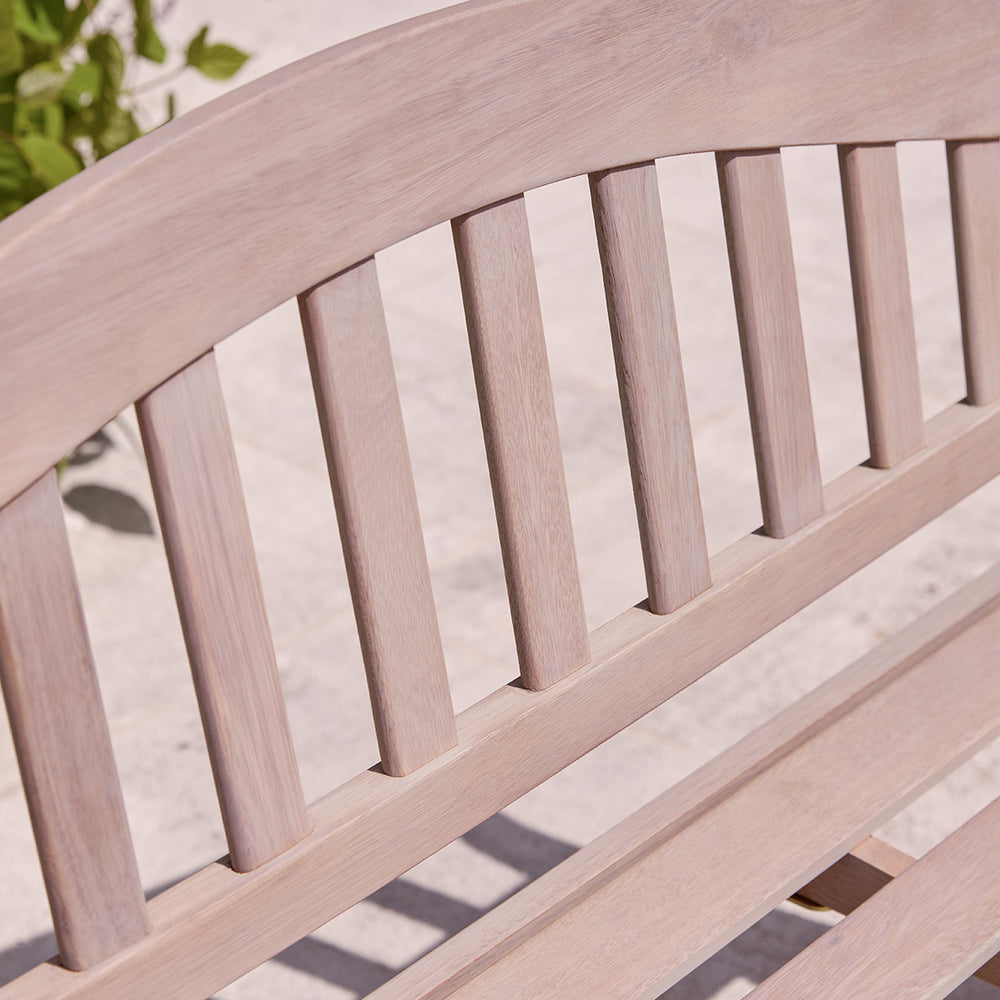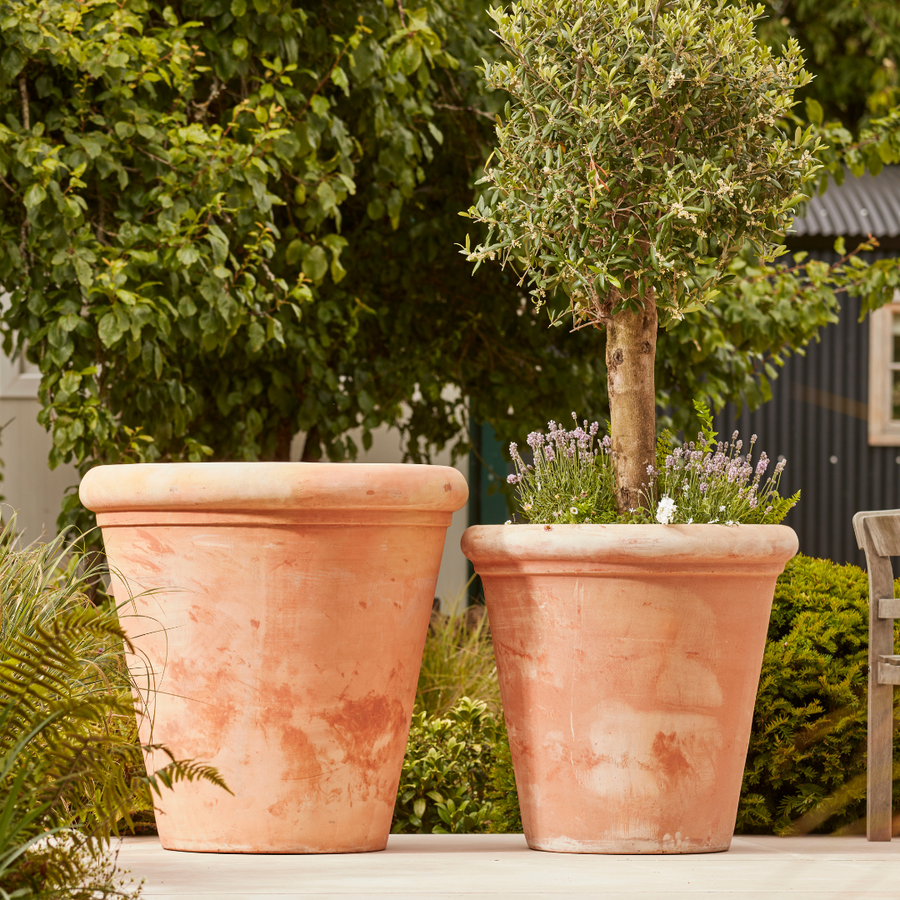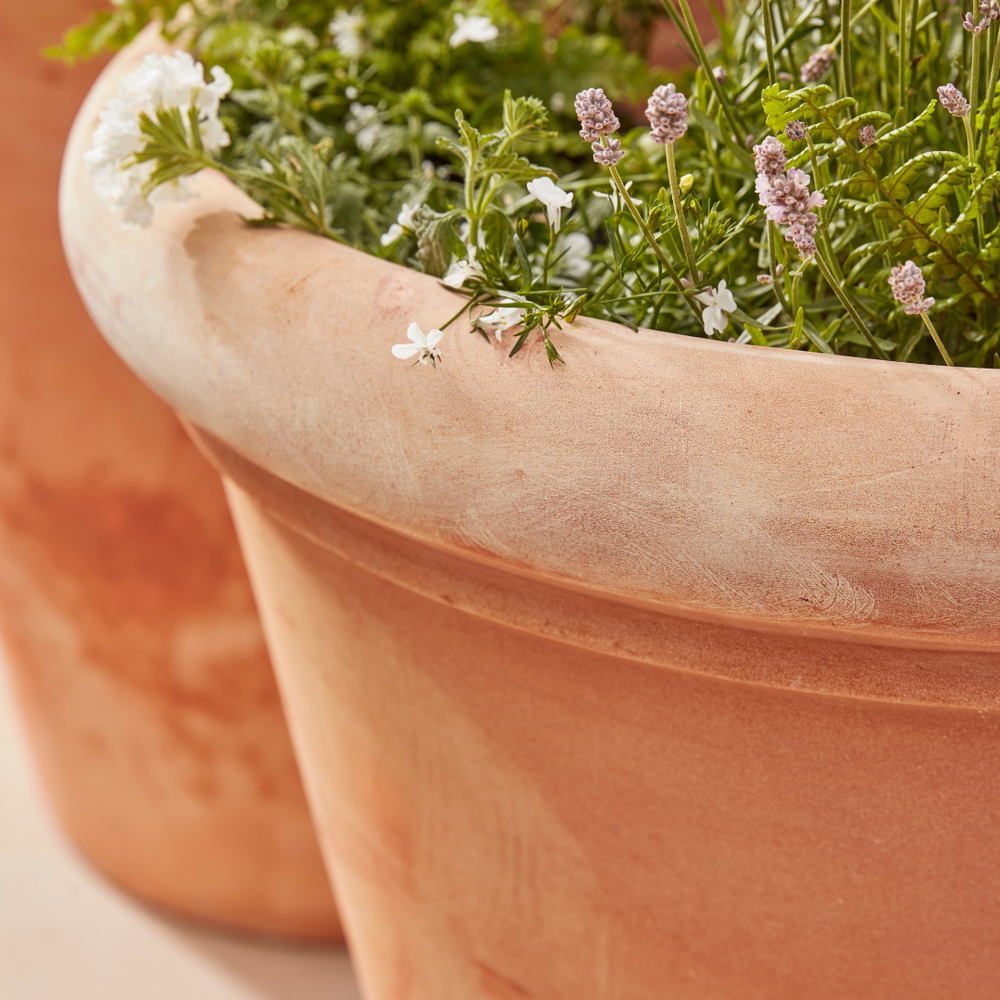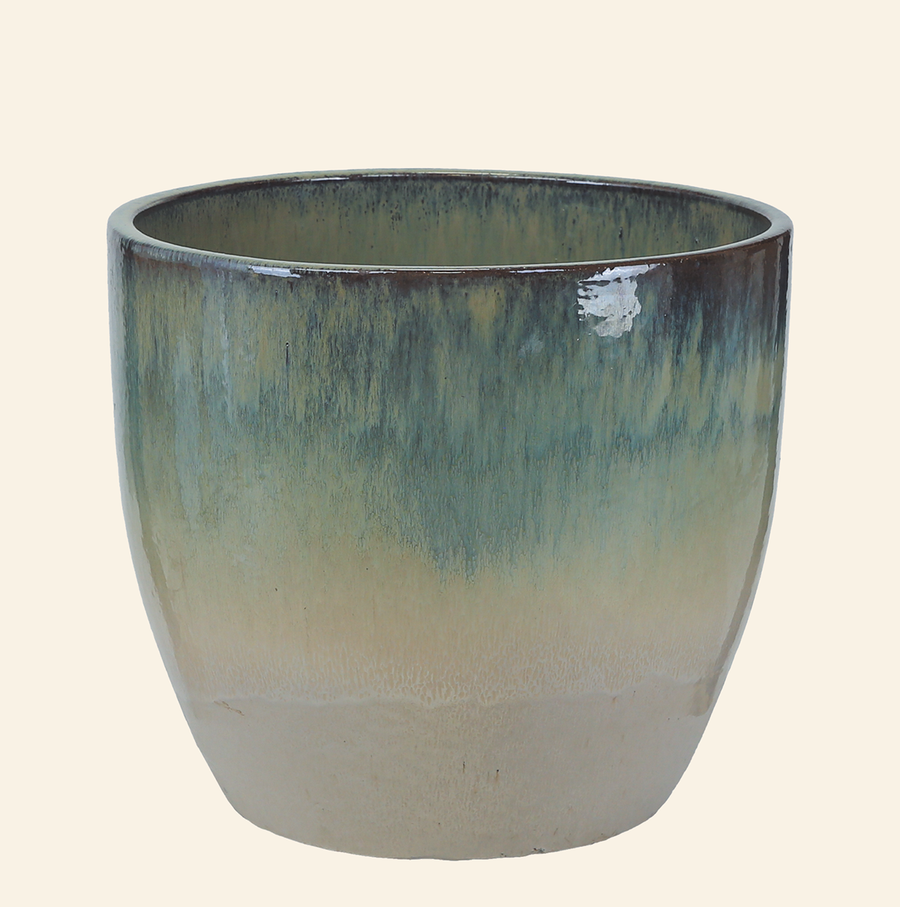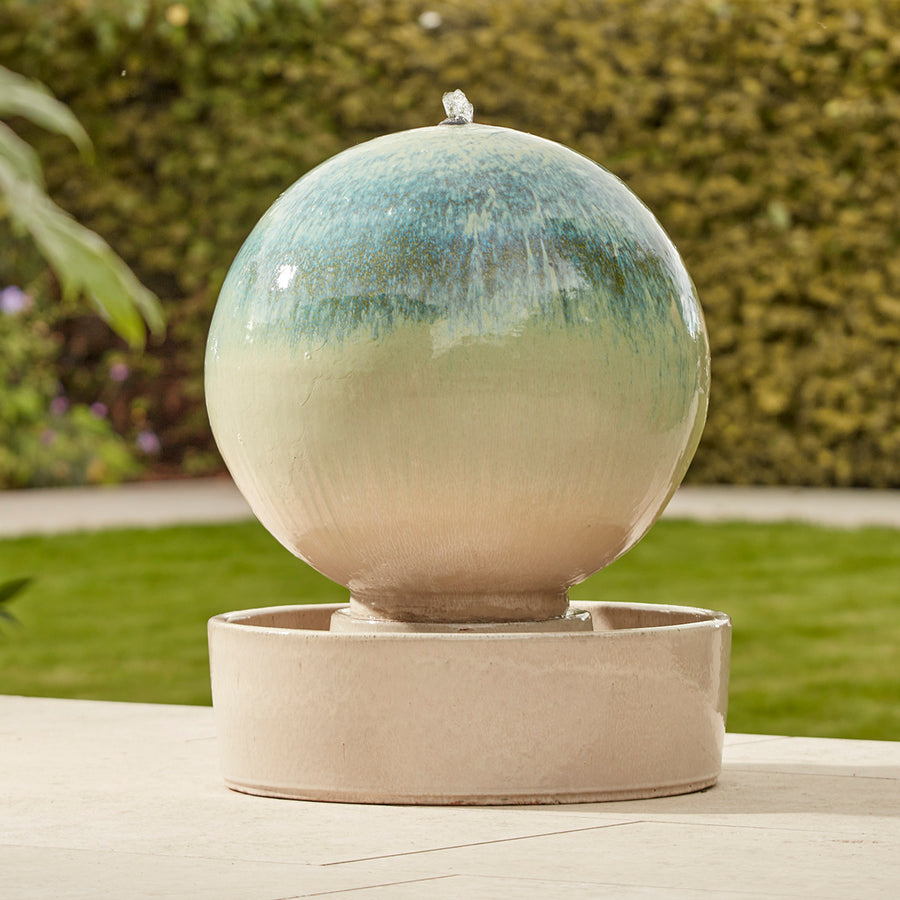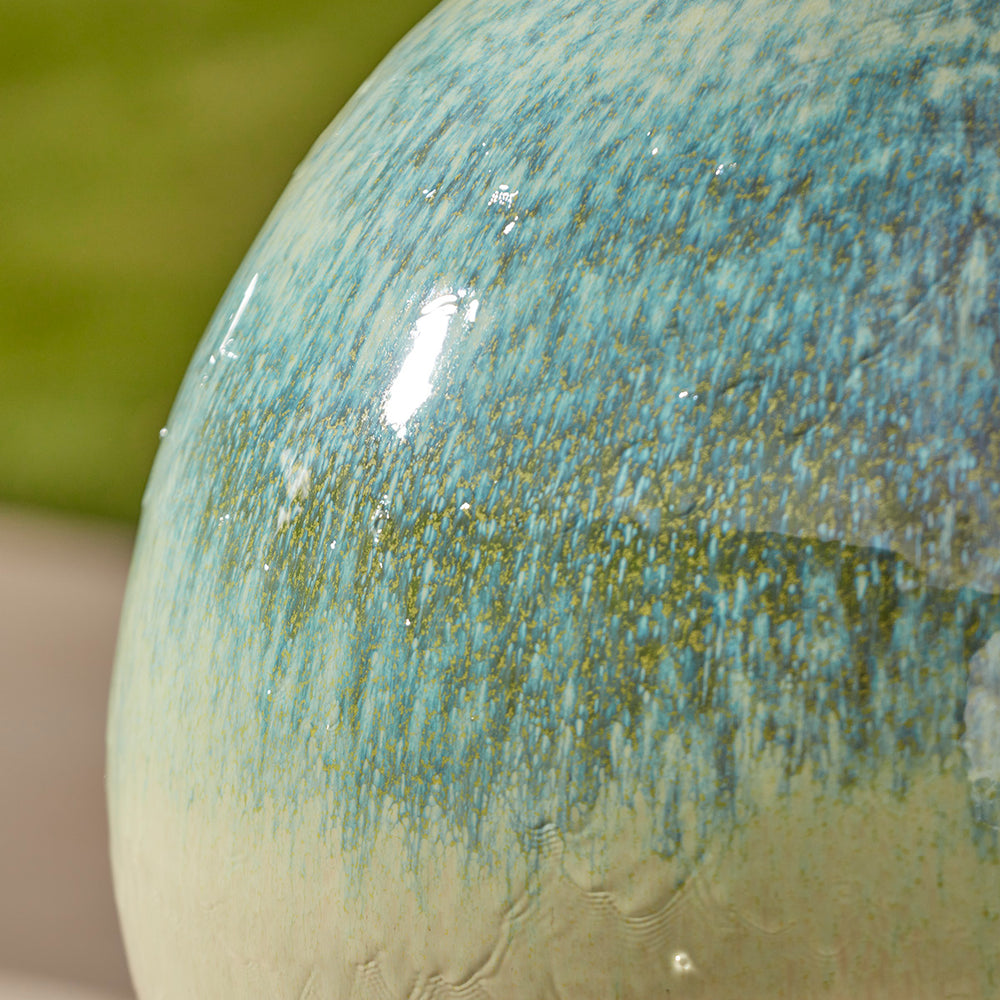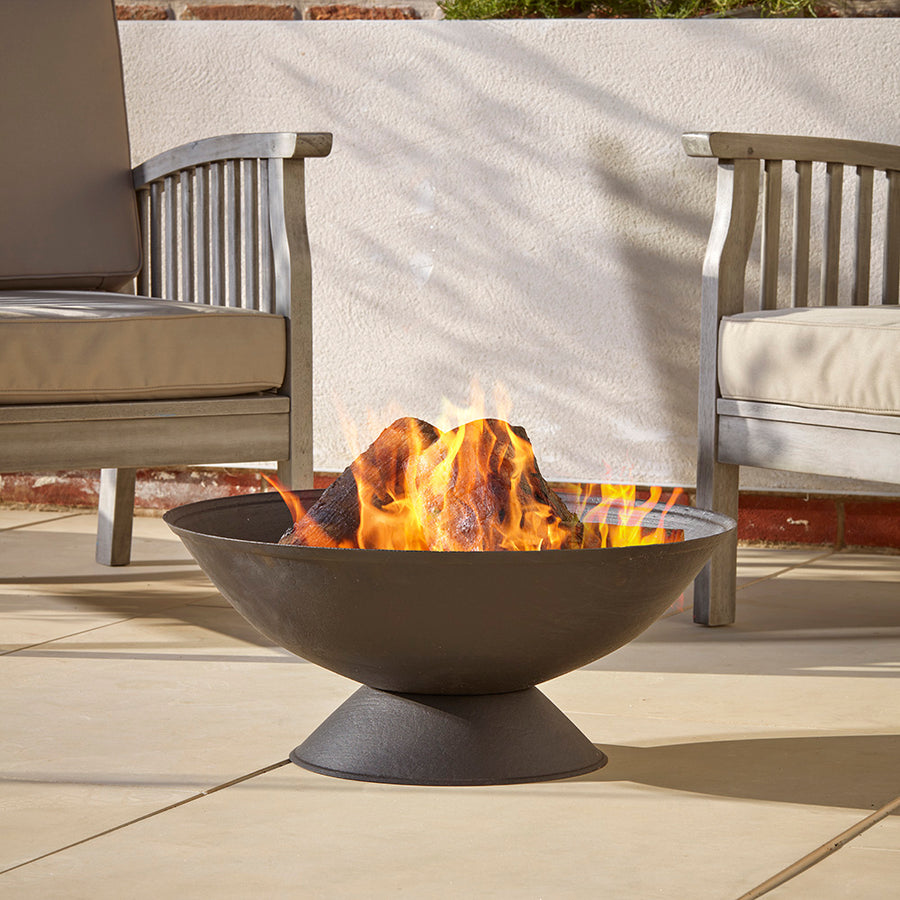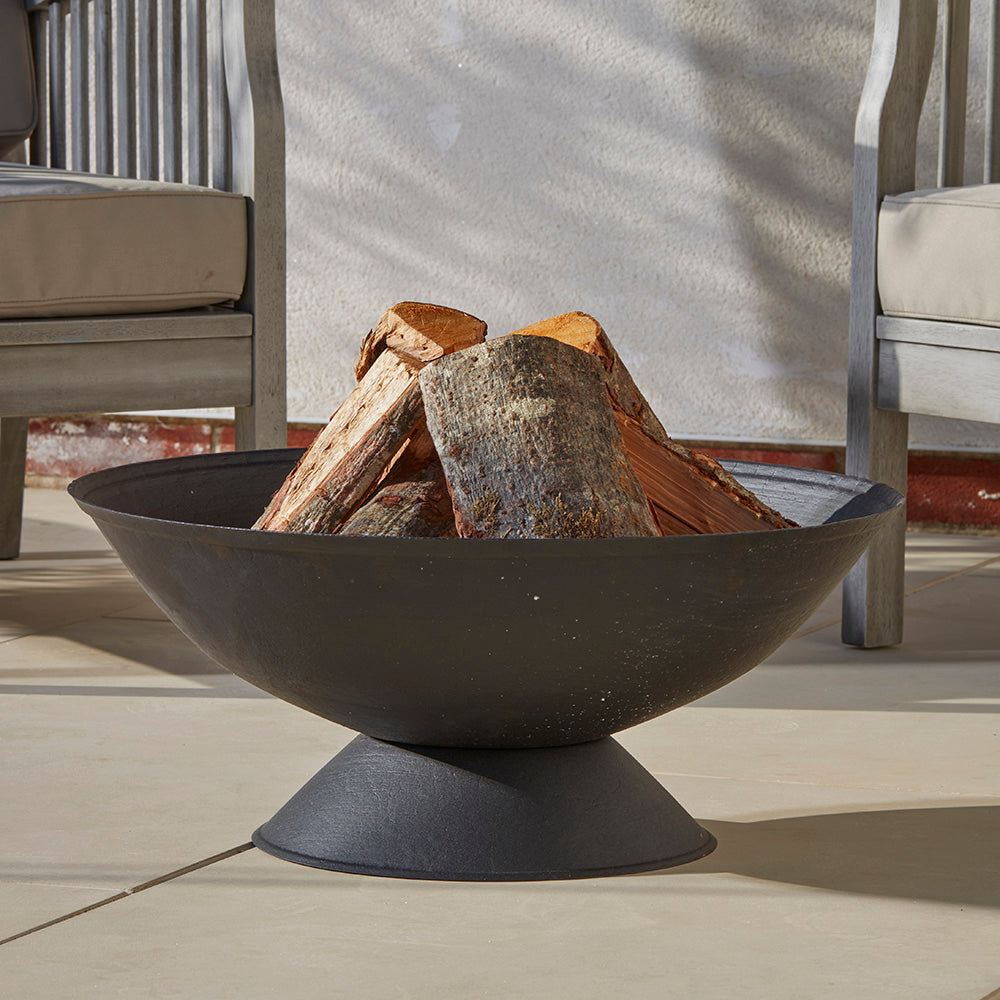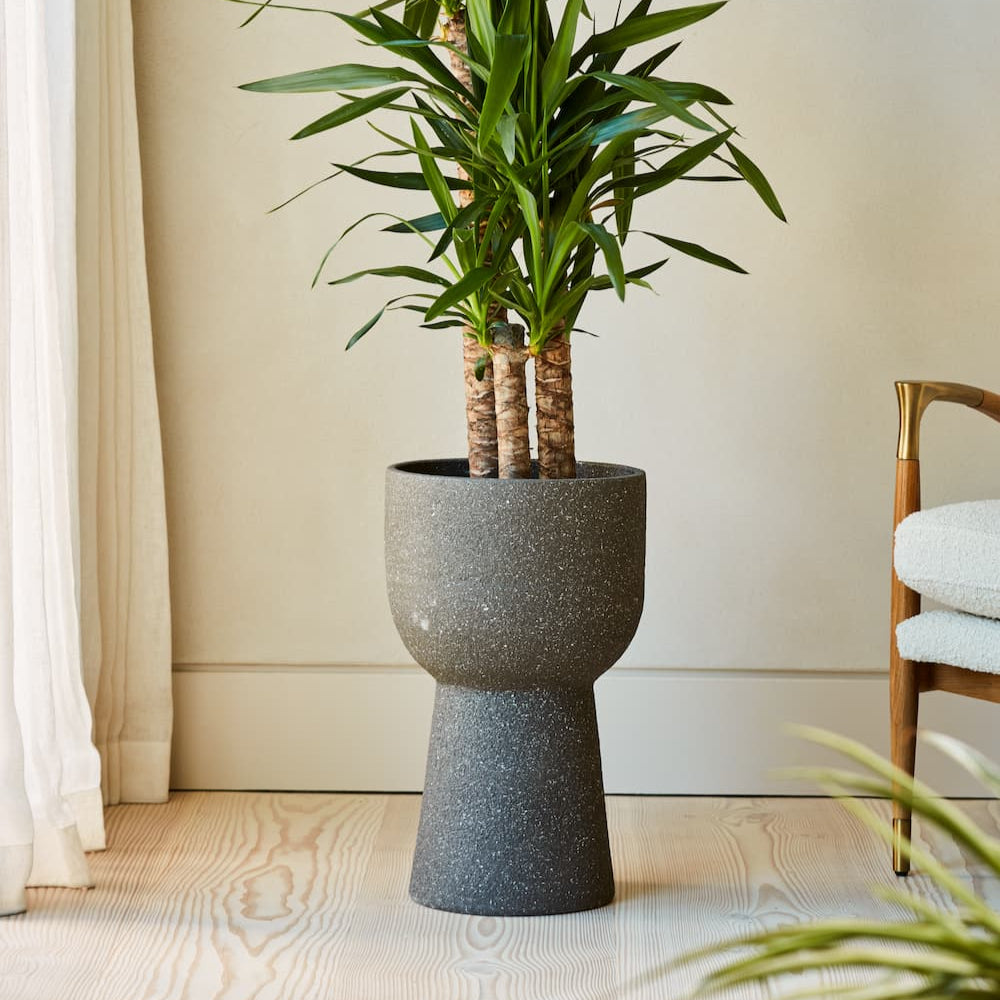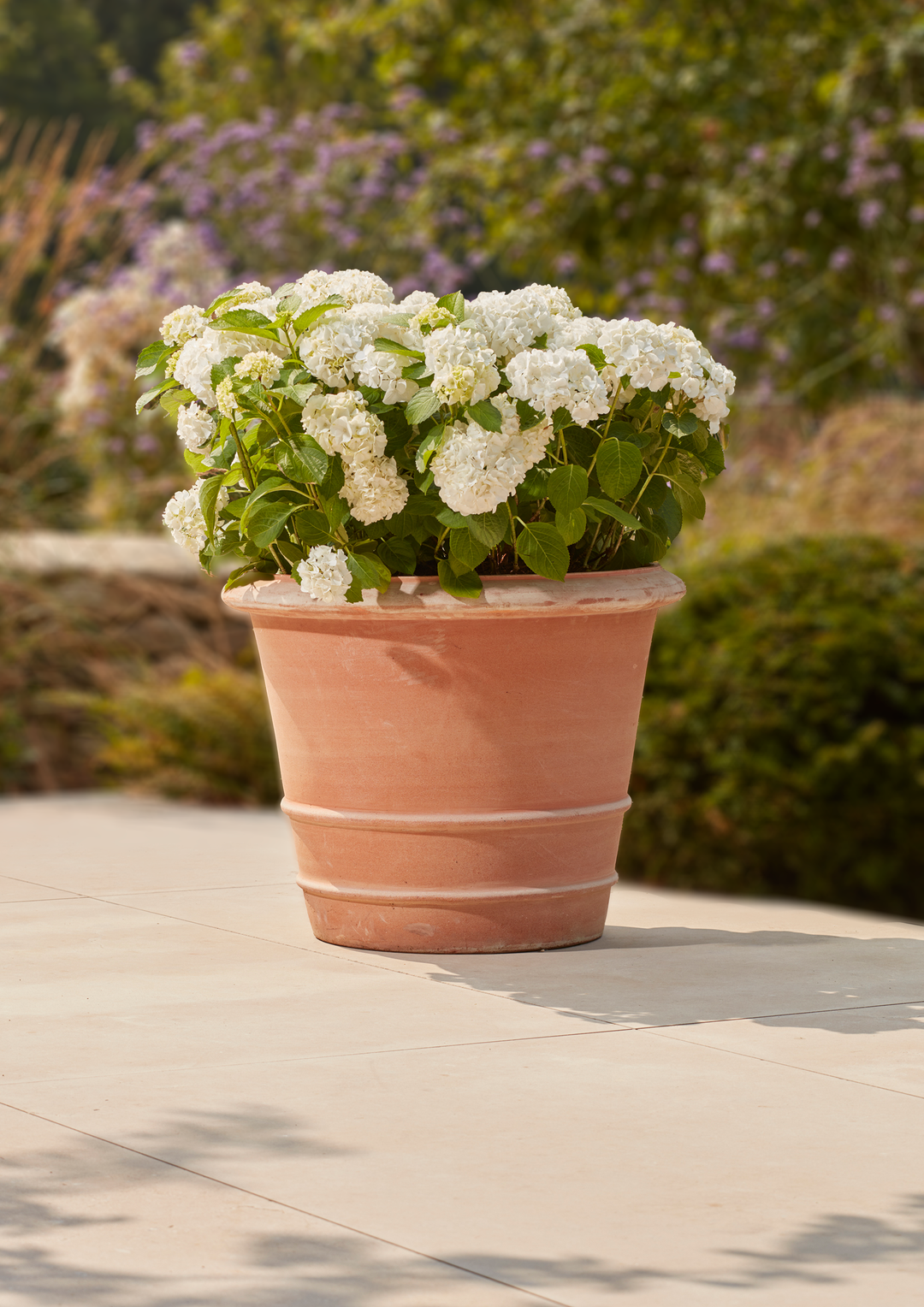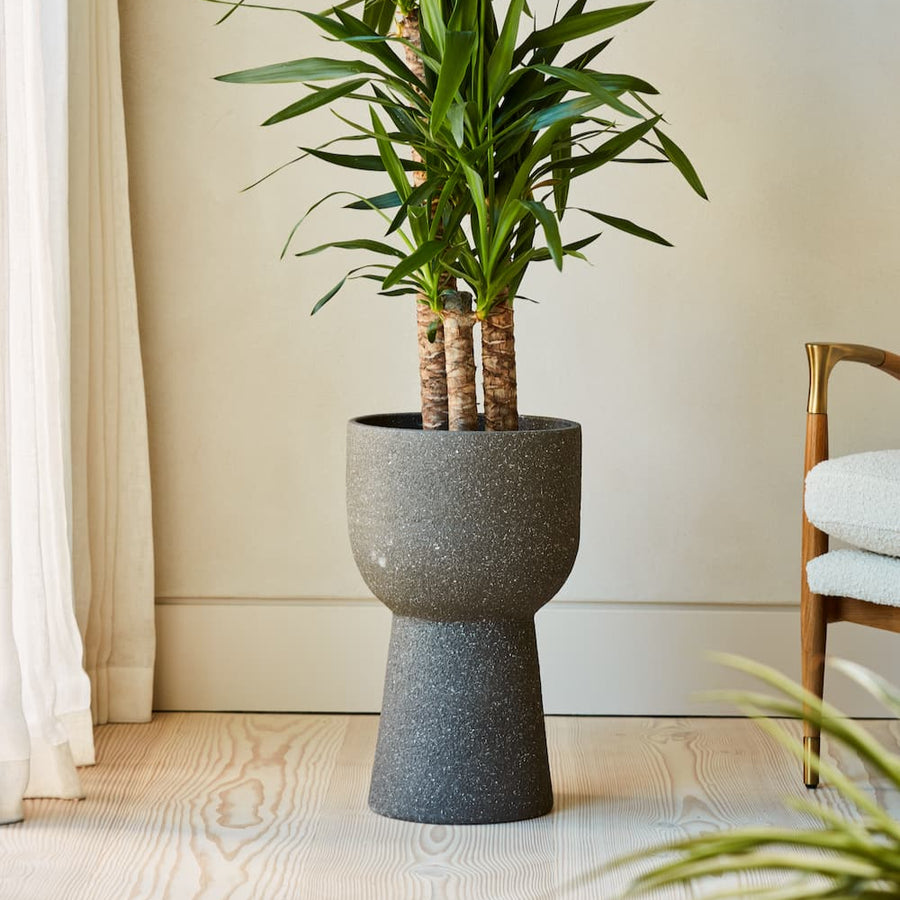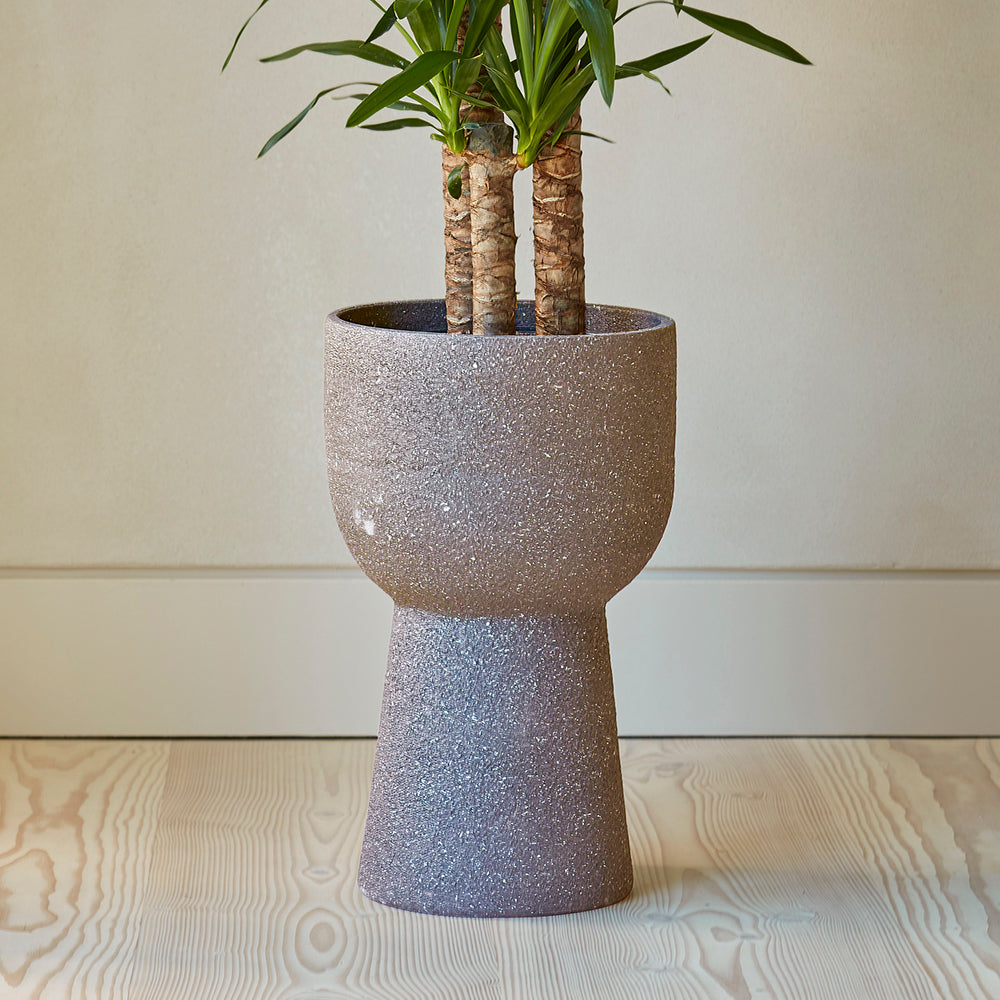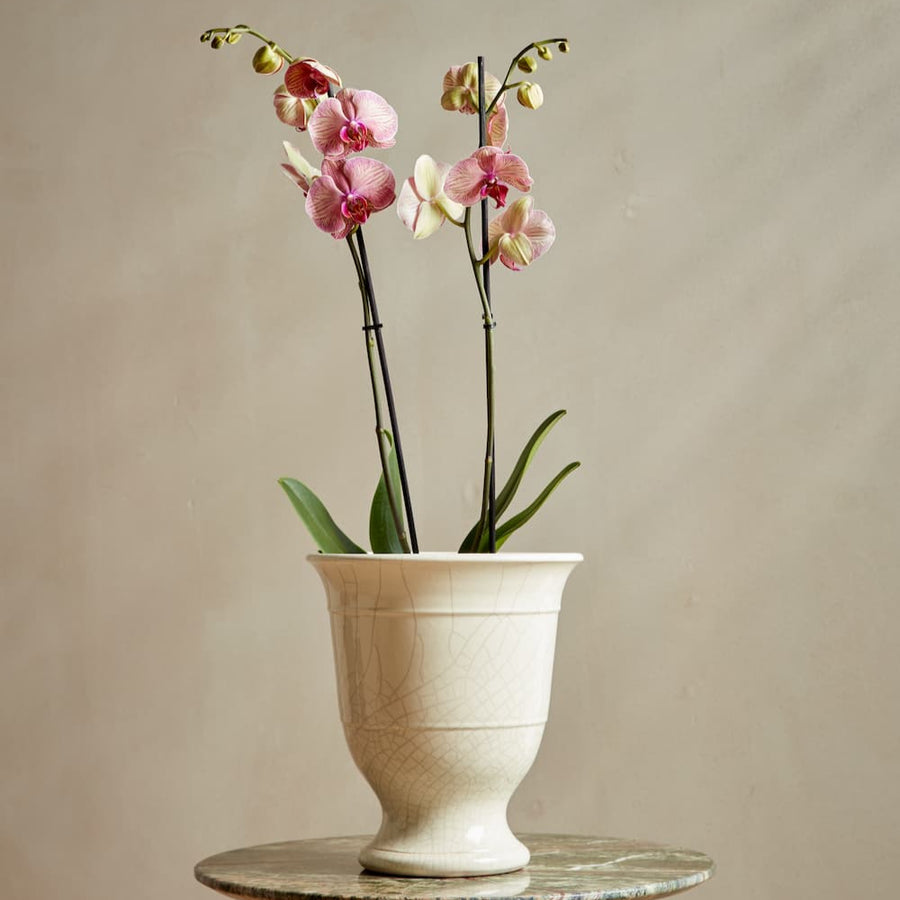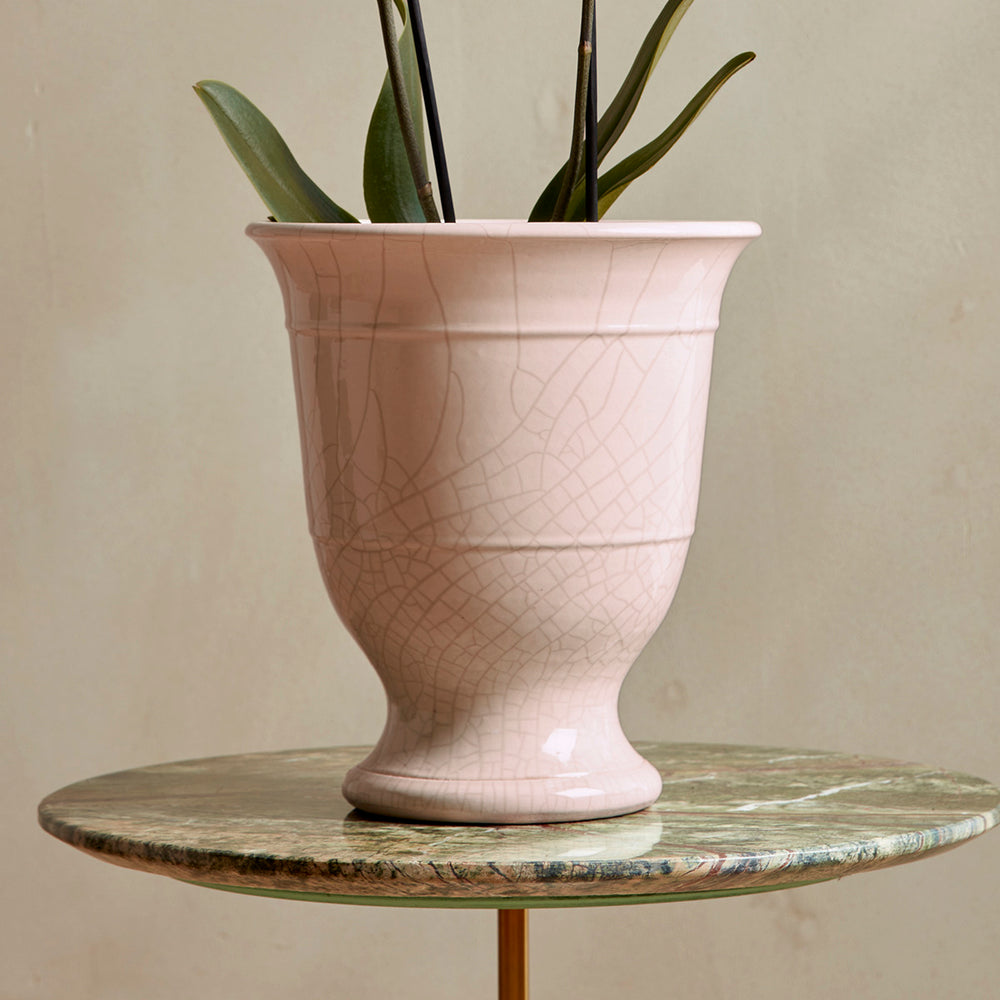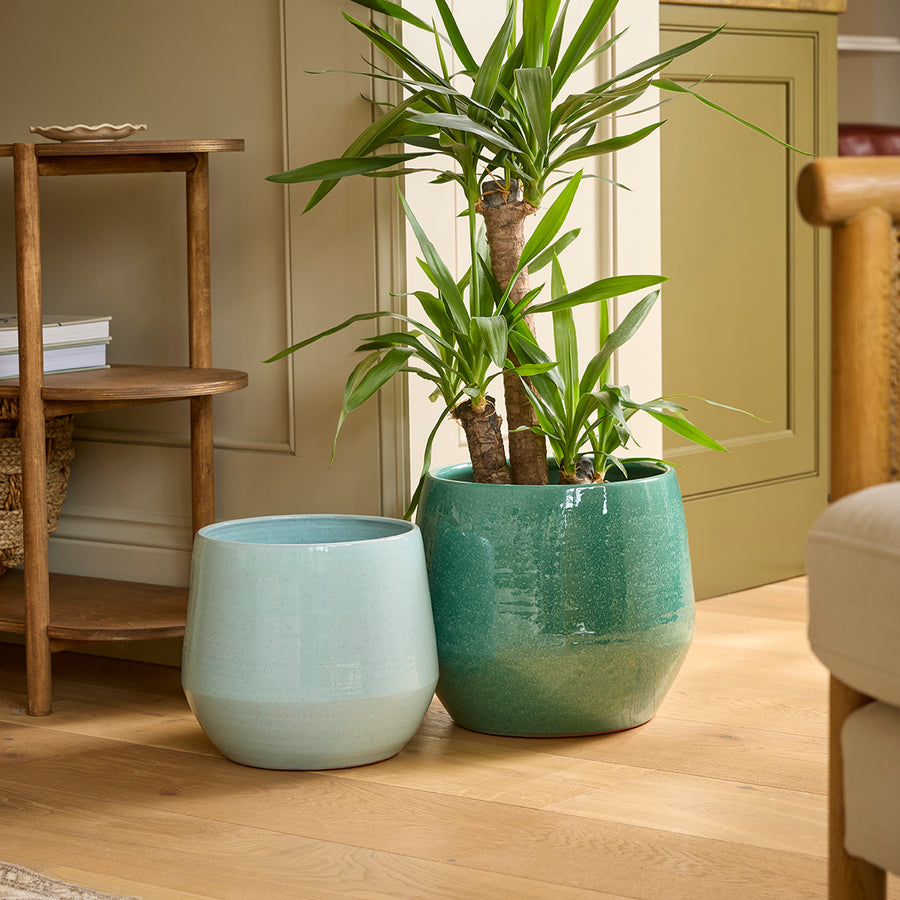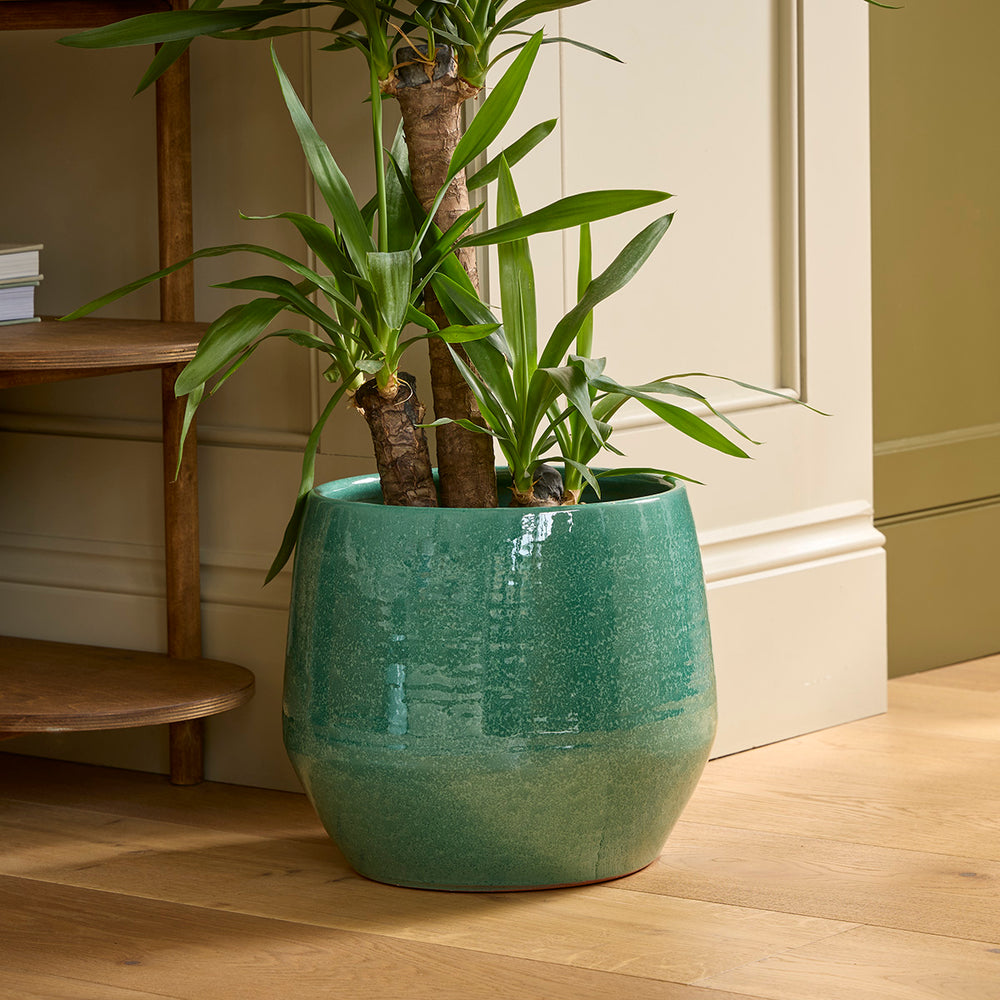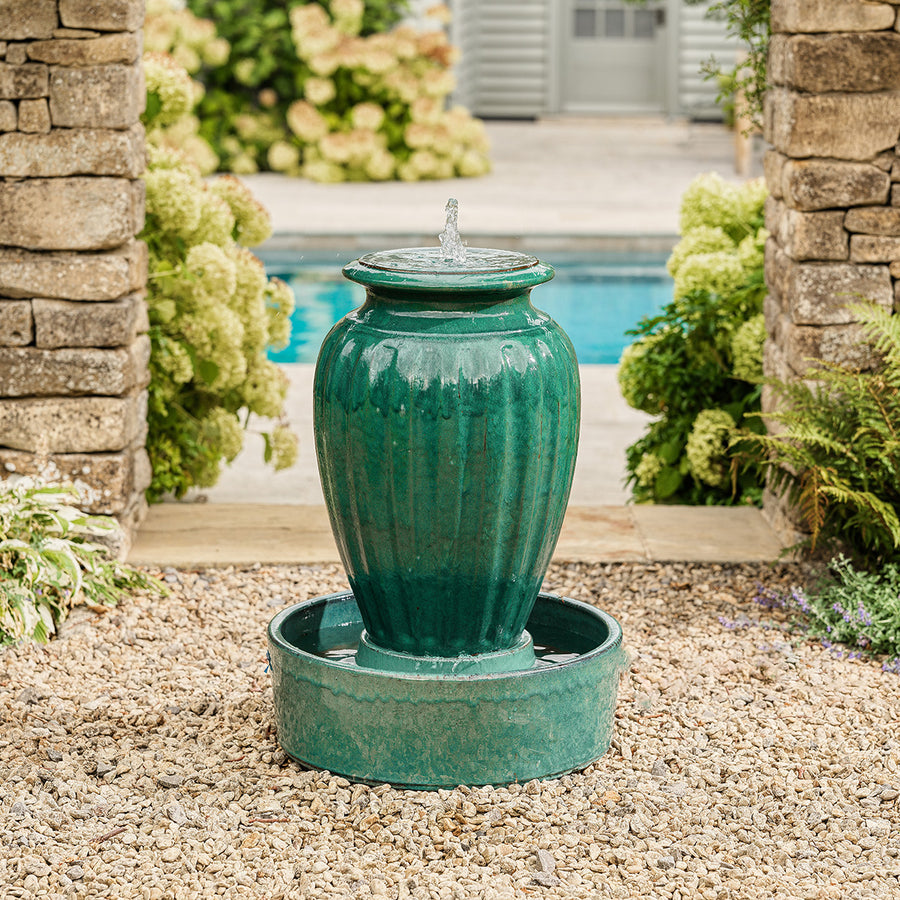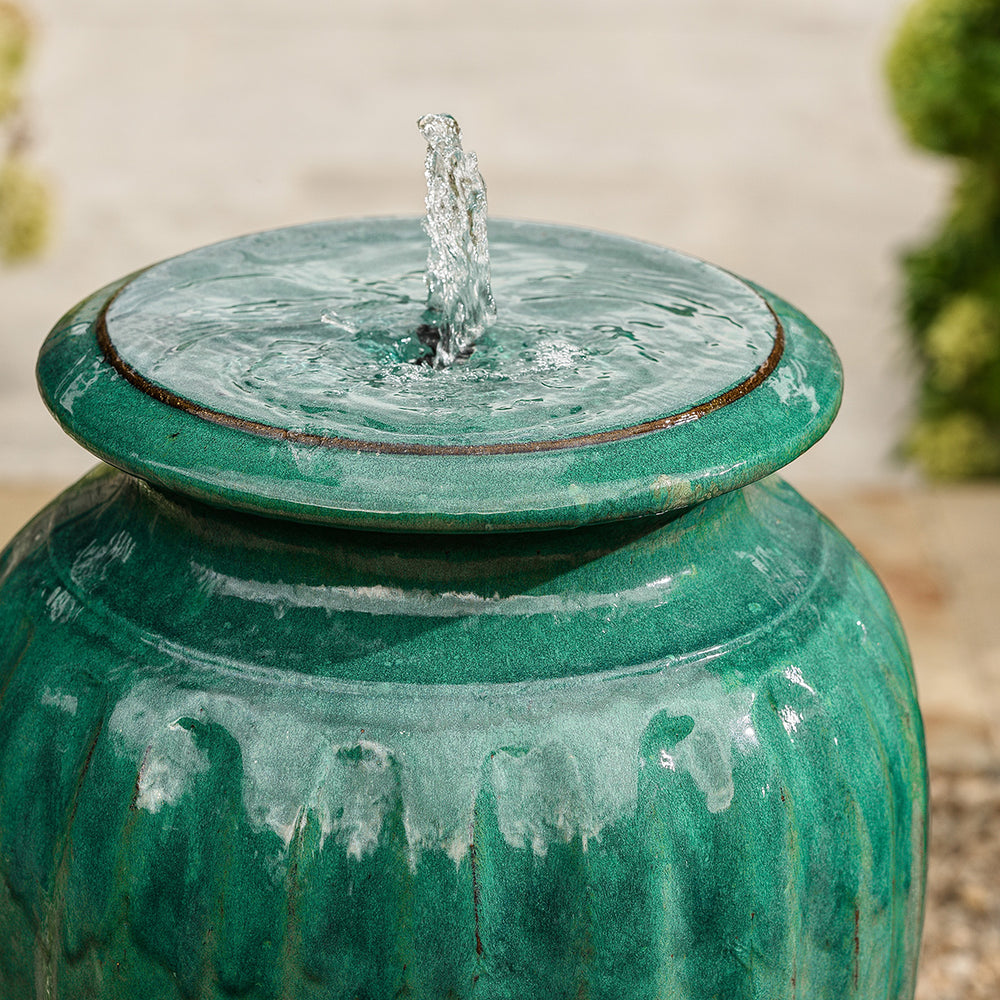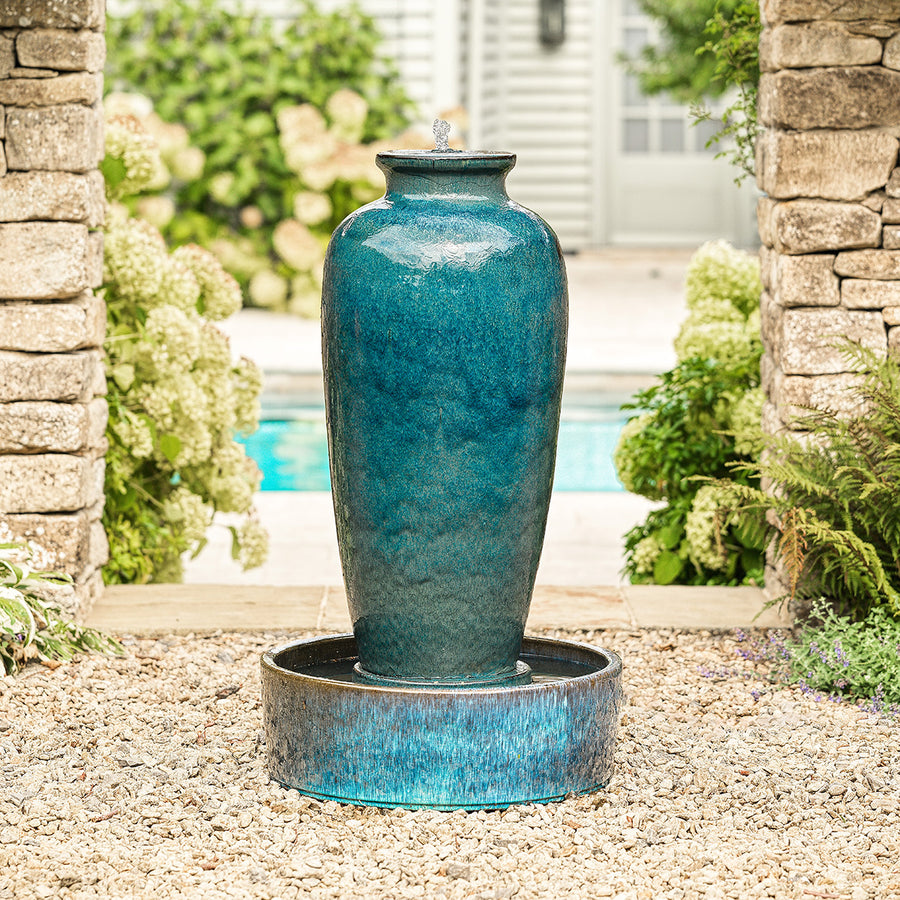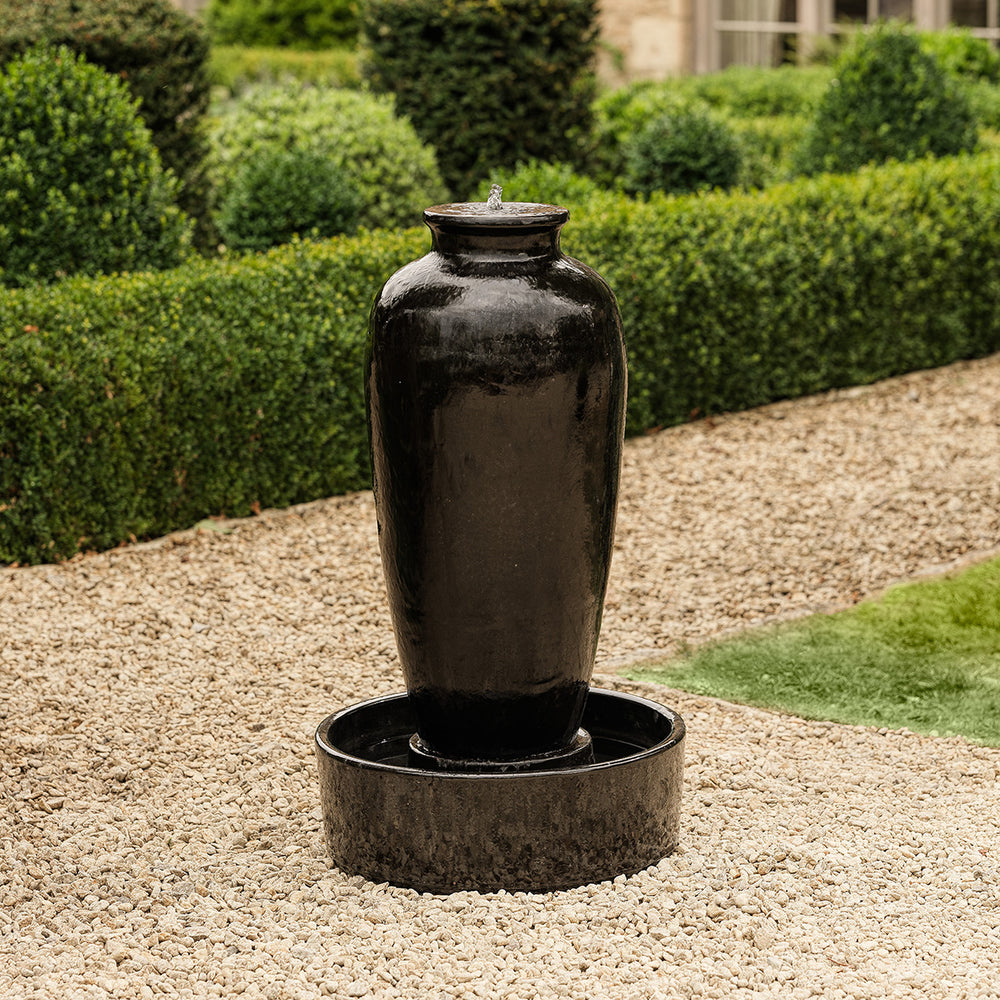Ali's June Gardening Newsletter
Welcome to June!
Summer is finally here and as we start to see the start of warmer and sunnier days, I get so excited for the longest days of the year as it means I get to spend more time in my garden! The longest day of the year falls on June 20th this year, and I plan to make the most of it!
My garden is in full bloom with beds and borders filled with spires of colourful flowers. The local wildlife is in its element during the warmer months, so make the effort to get outside and enjoy it. There are lots of things to stay on top of in June but you will also reap the benefits of your gardening journey if you've been active from the beginning of the year.
Here’s my quick guide to your June gardening jobs.
My Planting Guide for June
June is the month for your flowers to shine.
Your roses should be blooming by now, filling your garden with colour and scent. Some may need some help with pests and diseases which can be eradicated with organic sprays.

Other perennials and spring bulbs may need deadheading. Once wisteria has finished blooming, cut all the long side shoots back to encourage flowering shoots for next year. Tall perennials will need staking as they continue to grow in the warmer weather, so add some plant supports for delphiniums, sweet peas and clematis to enable them to thrive.
It’s still not too late to sow some annuals directly into the soil for a summer display. Plants such as nasturtiums, borage, zinnias, poppies and calendula are easy to grow and can still be planted to create colour to admire whilst you relax in your outdoor space.
My personal favourite, there is still time to treat yourself to some summer bedding plants, such as geraniums, begonias or petunias for a container garden or hanging basket. They can be purchased in your local garden centre and when mixed with foliage and trailing plants will brighten up any area.
Click the image above to view our Loudon Green Pot.
Make sure regular watering is done so they don’t dry out, especially on hot days. It’s also important to start a regular liquid feed for your summer plants, which can be done every two to four weeks.
The best fruit and vegetables to grow in June!
It is now time to harvest those early potatoes, lettuce, shallots, garlic, onions, radish, salad vegetables and strawberries for refreshing meals over the coming weeks. This year, I'm growing a selection of strawberries, potatoes and garlic!

Make sure you protect any crops you need with fruit cages or netting to keep pests, squirrels and birds away.
June is also the time to harden off some of your plants that have been in our greenhouse. Bring your tomato plants outside and plant them at the base of prepared supports and canes. Keep pinching out the side shoots of existing vine tomatoes to keep them in order.
You can also continue to sow peas, French beans, sprouting broccoli, carrots, leeks and runner beans directly into the ground. Sow leafy vegetables in succession at fortnightly intervals to give you a tasty crop all through the summer. If you sow courgettes, squash and cucumber before the end of the month, you can still get a good crop before the end of the year.
In your kitchen garden, herbs will have lots of fresh, soft growth this month which is perfect for taking cuttings and adding flavour to your dishes. Early June is a period in which fruit trees are in full activity. Newly-planted trees need special care and regular watering during hot weather.
Click the image above to look at our Kitchen Herbs Planter.
Garden Maintenance Tasks in June
As the warmer weather increases, so do the plant pests, unfortunately. Vine weevil, aphids and lily beetles will start to invade containers so carefully check your pots and planters both indoors and outdoors for any sign of infestation. There is a wide range of products and natural controls available to control them, so they don’t harm your plants.
Regular weekly mowing of your lawn will keep the grass in great shape but don’t cut it too short as this will result in brown patches when the weather is dry. June is a good month for top dressing and feeding your lawn as the grass will be in full growth.
Weed seedlings are also growing well at this time of year and need regular attention. They thrive on rain and sunshine so now’s the time to start getting on top of them, by spending 10 minutes a day pulling them out before they seed.
Wildlife Tips for June
The warmer weather can lead to food shortages amongst garden birds, meaning we should still be leaving food out to supplement their diet. We’d recommend a high protein seed mix or peanuts to ensure our garden visitors have energy throughout the summer
In warm weather, it's important to clean feeders and bird baths thoroughly to prevent the spread of diseases. It’s also essential to provide water for both drinking and bathing.
As you can see, June is a very exciting month for the garden. Let me know what you're going to be up to in the comments below!
Thank you for reading,
Ali xx
Make the most of your garden growth this month by reading:


